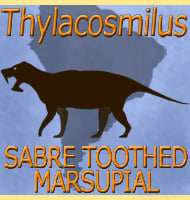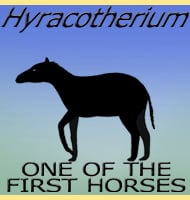Cynelos
In Depth Bear dogs can often be divided into North American and Eurasian genera, but Cynelos is one of the few genera that what active across both of these areas as well as Africa, a range proven by the discovery of multiple remains on all of these continents. Because Cynelos was a large Miocene era … Read more

